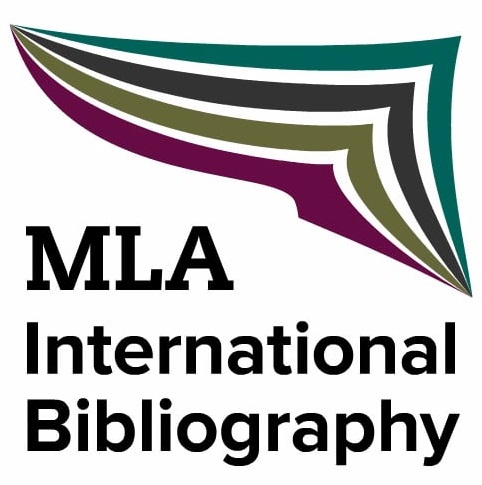The Otherness to Confinement: For a Trespassing of the Images and the Look
DOI:
https://doi.org/10.13135/2281-6658/4093Keywords:
Aesthetics, Border, Global Image, Humanism, Heterotopia, Iconoclasm, Migration Film, Population Movements, Visual CultureAbstract
Through the lens of visual culture studies, images can be investigated according to their “positions” on contemporary history as political instruments of human understanding. Images of borders, in particular, acquire special importance in the dialectics between visible and invisible – subjects and objects, ego and alter – and can shape a symbolic relation towards the otherness. Within the European culture and the various representations of migrants, media can contribute to rebuilding the notion of heterotopia by avoiding iconoclasm while implementing an ethical gaze and authentic comprehension about those global individuals that are reorganizing our World-Society.Downloads
Downloads
Published
Issue
Section
License
Authors keep the copyrights for their work and give the journal the work’s first publication copyright, which is at the same time licensed under a Creative Commons License – Attribution, which in turn allows other parties to share the work with an acknowledgement of the work's authorship and initial publication in this journal.
Content Licence

You are free to copy, distribute and transmit the work, and to adapt the work. You must attribute the work in the manner specified by the author or licensor (but not in any way that suggests that they endorse you or your use of the work).
Metadata licence

CoSMo published articles metadata are dedicated to the public domain by waiving all publisher's rights to the work worldwide under copyright law, including all related and neighboring rights, to the extent allowed by law.
You can copy, modify, distribute and perform the work, even for commercial purposes, all without asking permission.





